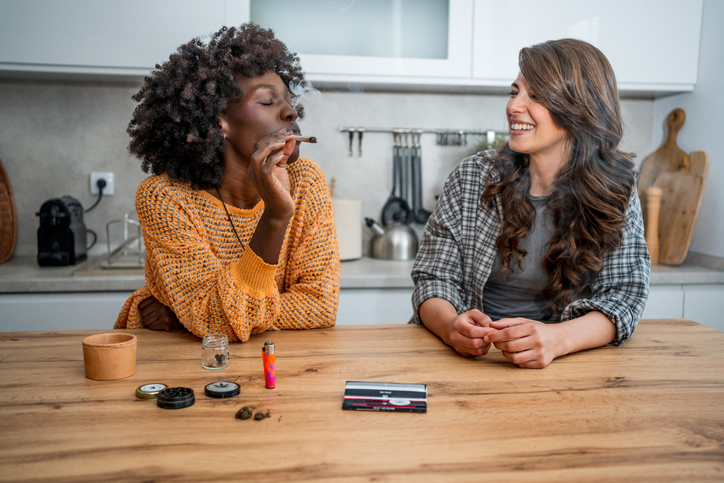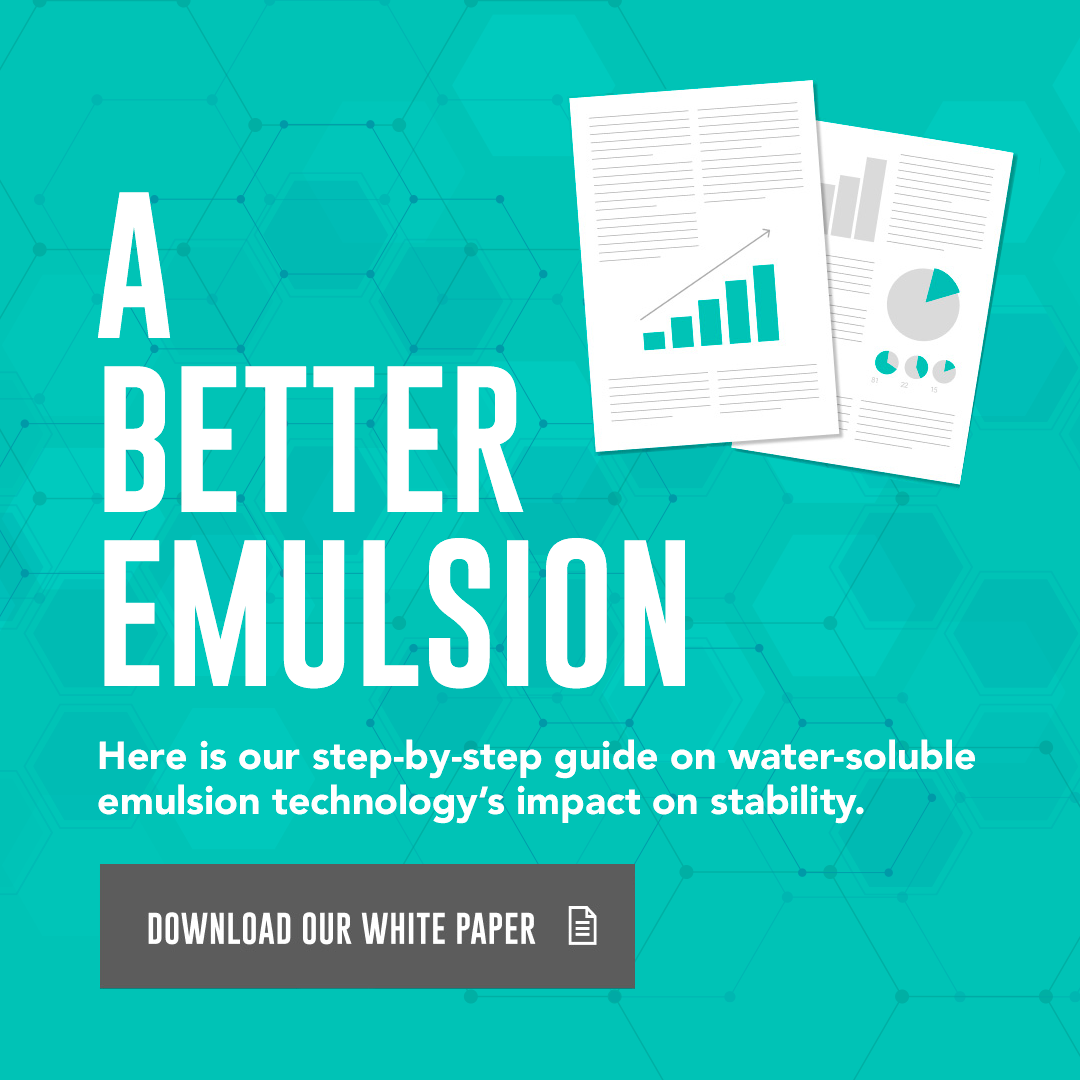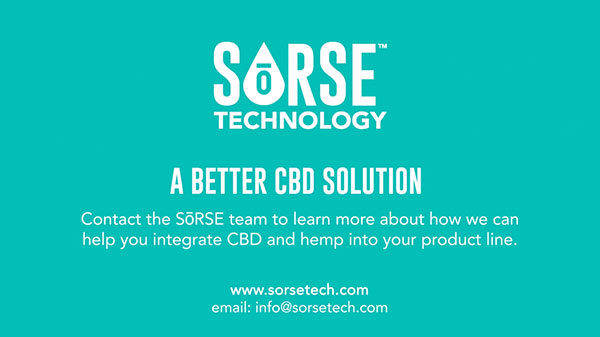Almost as important as what cannabis you’re using is how you’re using it. The administration method you choose can affect which compounds are making their way into your body as well as how your body metabolizes them. Let’s review the most common consumption methods and how to decide which are right for you:
SMOKING/DRY FLOWER VAPING
Who it’s for: Old-schoolers, purists, those who enjoy ritual.
Why it’s awesome: Cracking open the familiar, well-cured nugs of your favorite strain delights all of your senses; comfort and nostalgia wash over you. Loading a bowl or rolling a joint by hand can be a mindfulness meditation, as you pay full attention to the sensory experience of every step. This method links us to the history of cannabis and is the least-processed option available commercially. Using a vaporizer allows you to access more of the Entourage Effect while still preserving the ritualistic experience.
Drawbacks: The smell of cannabis smoke tends to linger, and will announce to everyone what you’ve been up to (not that you have anything to be ashamed of). Vaping moderates this, but vaporizers can be fussy and expensive. Smoke is harsh and carcinogenic (long-term, even heavy cannabis smokers do not show higher incidence of lung cancer– and they show lower rates of other cancers). It can be filtered through water to mellow it. However, inhaling excess uncombusted butane from a lighter can ruin the sensual joy of smoking, if not cause irritation in its own right. Consider using a hemp wick instead.
DABBING
Who it’s for: High-tolerance users, connoisseurs.
Why it’s awesome: If your goal is to reach the stars, the dab rig is your spaceship. Dabbing is popular and therefore convenient: a huge assortment of concentrates of every texture, potency, and extraction method awaits the dedicated cannabis enthusiast at their local pot shop.
Drawbacks: Dab rigs are pricey, complicated, and can be imprecise; the sheer variety of concentrate varieties is daunting.
VAPE CARTRIDGES
Who it’s for: Those who need to medicate on the go, those who want to taste cannabis, not smoke.
Why it’s awesome: Carts offer a mild, tasty, relatively short-lived high. They’re sophisticated and they’re discreet. By heating rather than combusting the concentrated oil you are inhaling more of THC’s phytochemical helpers, the other cannabinoids, terpenes and flavonoids that offset less desirable effects such as paranoia and dizziness. This won’t matter, however, if the concentrate in the cartridge was extracted in a way that destroys those compounds. Some companies re-infuse them, and some even add additional terpenes back above the levels they were in the original plant material.
Drawbacks: Though the days of harmful additives such as propylene glycol are waning, it’s still a good idea to check the ingredients of your cartridge carefully. The ubiquitous slim vape pen batteries sold in shops are cheap because they are made cheaply–expect them to conk out in a few months. Store them upside down, limit how frequently you change the cartridge, and buy a few at a time so you always have a backup handy. Or you can invest in a more robust option, which often offers specific heat settings.
SUBLINGUAL TINCTURES, CANDIES, AND BREATH STRIPS
Who it’s for: Low-tolerance users, people who love edibles but want a shorter ride.
Why it’s awesome: Unlike edibles, sublinguals take effect almost immediately. You know right where you’re at and the risk of overdoing it is much lower. They evoke an apothecary vibe, the vintage feel of turn-of-the-last-century medicinal tinctures. They tend to be relatively yummy – though the taste will be cannabis-forward, complementary ingredients often soften the bitterness from the cannabinoids.
Drawbacks: Beware, some products marketed as sublingual don’t absorb enough through the mouth and are really closer to edibles. Always go low and slow until you are familiar with a product’s onset time. As tolerance increases, commercial tinctures become impractical, but you can still make your own at home using alcohol or glycerin.
BEVERAGES
Who it’s for: Newbies, trendsetters
Why it’s awesome: Cannabis-infused beverages are the hot edge of the knife. They make cannabis accessible and nonthreatening, and are easy to bring to contexts where smoking or vaping would be frowned upon. Drinking intoxicating beverages is already a deeply entrenched practice in our culture, so cannabis drinks can notch right in. Liquid or powder preparations such as SōRSE can be used in place of or in addition to alcohol in craft cocktails.
Drawbacks: Poorly-emulsified beverages are susceptible to settling, making dosage inconsistent. Bitterness becomes pronounced at higher dosages.
EDIBLES
Who it’s for: Foodies, occasional users, high-tolerance medical users.
Why it’s awesome: Edibles have a lot of unique benefits due to the way they are metabolized. They offer a deep, warming feeling in the body and lend a sensual edge to any experience. You also get way more bang for your buck in terms of potency. Modern cannabis chefs are concocting amazing recipes that push the boundaries of infused food.
Drawbacks: As anyone who has overdone it on edibles knows, they are much stronger and longer-lasting than smoking, and they take much longer to kick in. Not the best choice if you only have a short period of downtime or if you absolutely must keep your wits about you.
TOPICALS
Who it’s for: Those seeking localized, non-intoxicating effects
Why it’s awesome: It’s easy to see why topical preparations have taken off. They are easy to use, familiar, and don’t alter your senses. Cosmeceuticals, salves, lube, bath bombs (unlike other topicals, these will get you high), lip balms, body butter and hand creams–what an amazing array of options! From arthritis to muscle soreness to sexual dysfunction, customers are finding localized relief and enhancement.
Drawbacks: Since labeling requirements are lax or nonexistent, it’s hard to know what’s really in the bottle. Do your research before you buy. And don’t waste your money on products like hair gel and body wash–topicals need endocannabinoid receptors to interact with, and they need time to absorb.
TRANSDERMAL PATCHES
Who it’s for: Those needing long-lasting effects, those who do physical labor
Why it’s awesome: Cannabinoid patches use similar technology to nicotine patches, delivering a steady continuous stream of cannabinoids into your bloodstream for up to 8 hours. This can be great for those who need absolute discretion during their work hours, or those who just need long lasting relief. Patches can be cut to adjust dosage and come in a wide range of CBD and THC ratios.
Drawbacks: At $20-$30 each, cannabinoid patches are expensive, especially for those who need them frequently. They also tend not to stick as well as their nicotine counterparts. To address this, try using a little of another topical before applying the patch and/or tape it down with medical tape.





